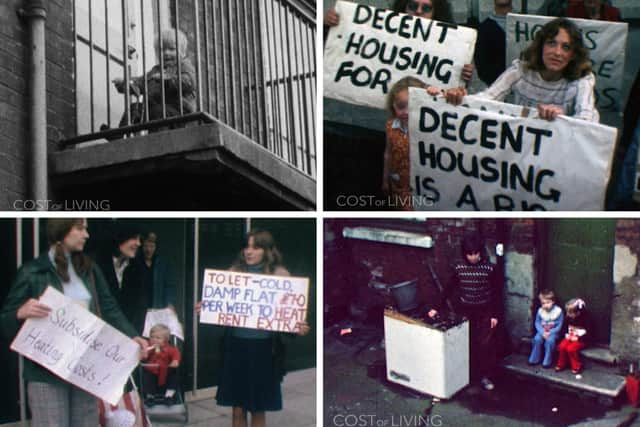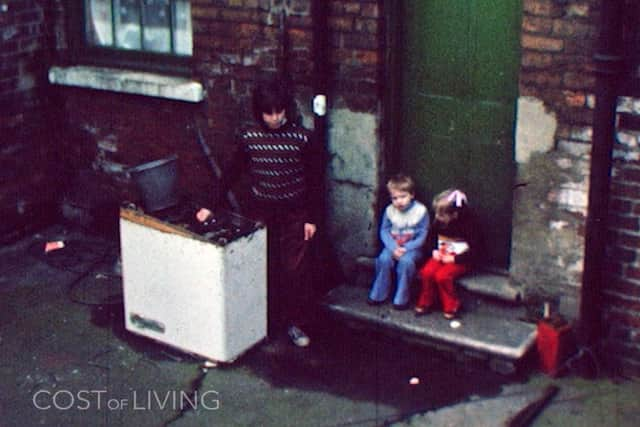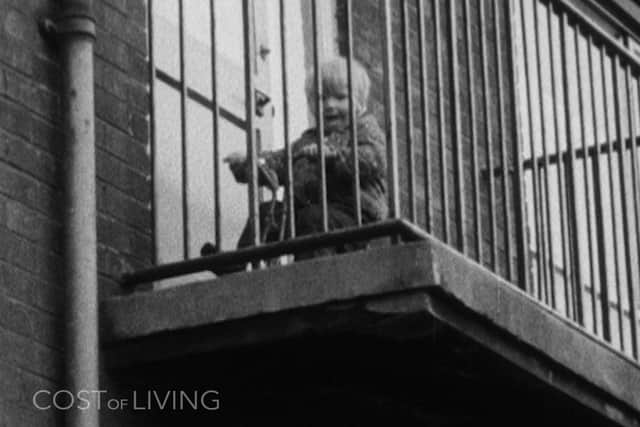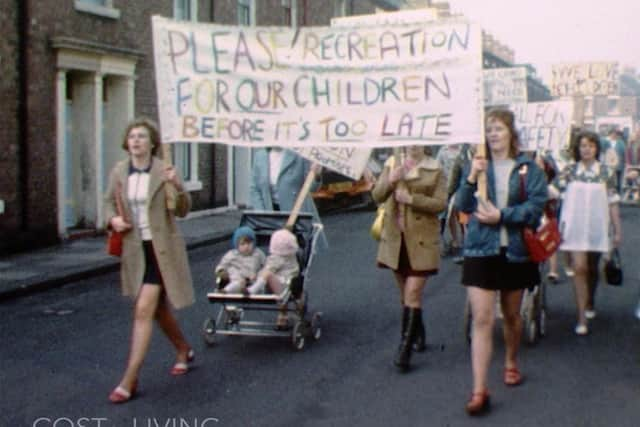Historic film footage shows cost of living worries in Sunderland and South Tyneside in the 1960s, 1970s and 1980s
and live on Freeview channel 276
Cine footage has been pieced together.
It shows North East people as they faced up to threats of homelessness, poor housing, price rises and going without food.
But this isn’t 2023. They are the voices of people speaking in the 60s, 70s, and 80s.


Advertisement
Hide AdAdvertisement
Hide AdThe footage – which includes areas of the North East – has been collated into a 16-minute film called Cost of Living which started out as a resource for students.
But interest has snowballed and now it is being offered free of charge to groups across the North East.
Two hundred films were scrutinised for the film which was commissioned by York St John University’s Cinema and Social Justice Project, funded by the Screen Industries Growth Network and made by the Yorkshire and North East Film Archives.
‘Looking into a mirror from the past’


Empty petrol pumps, food banks and government tips for saving money are all included in footage which was put together by film maker Andy Burns.
Advertisement
Hide AdAdvertisement
Hide AdCost of Living is now being offered free to all audiences with an online release to coincide with the World Day of Social Justice on Monday, February 20.
Graham Relton, Archive Manager at the Yorkshire and North East Film Archives and Producer of Cost of Living, said:


“Our moving image heritage can be like looking into a mirror from the past, what we see reflected can shine a light on the cracks that we see in our world.”
Dr Lauren Stephenson, Senior Lecturer: Film and Media & Communications said the film ‘starkly highlights the need to listen to and learn from our past if we are to hope for a more socially and economically just future’.
‘The film is a call to arms’
Advertisement
Hide AdAdvertisement
Hide AdDr Martin Hall, Senior Lecturer: Film and Media and co-founder of the Cinema and Social Justice Project said: “What we really wanted with this film is that it would cause people to ask questions. The film is a call to arms, and we hope it can highlight to people that we need to do a better job of learning lessons from the past.”


And Dr Steve Rawle, Associate Professor of Media Production and Executive Producer of Cost of Living said:
“This is a film that is both dark and light, sad, but hopeful. It depicts the reality of life during previous cost of living crises, but alongside this we see both the warmth of humanity and we see people taking action.
Raising a fist of defiance
"Despite their difficulties, people come together as communities to help those in need and raise a fist of defiance at the same time. The film looks at cycles of boom and bust where these cries of defiance of have only ever temporarily made a difference."
Advertisement
Hide AdAdvertisement
Hide AdThe film is released online on February 20 via Yorkshire Film Archive.
Interested people can find out more about its work and collections by visiting the archive’s website at https://www.yfanefa.com
The registered charity also has a Facebook page at https://www.facebook.com/YFAandNEFA
